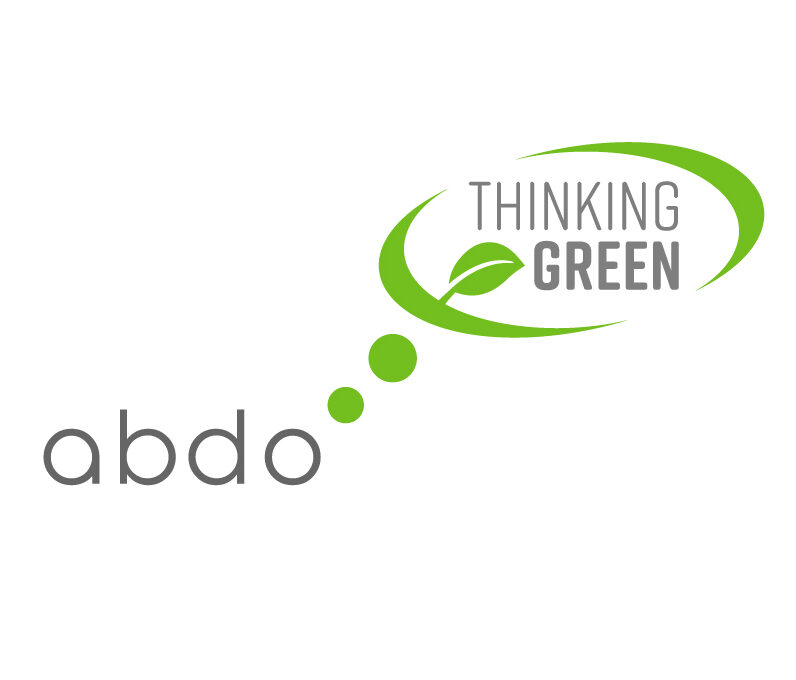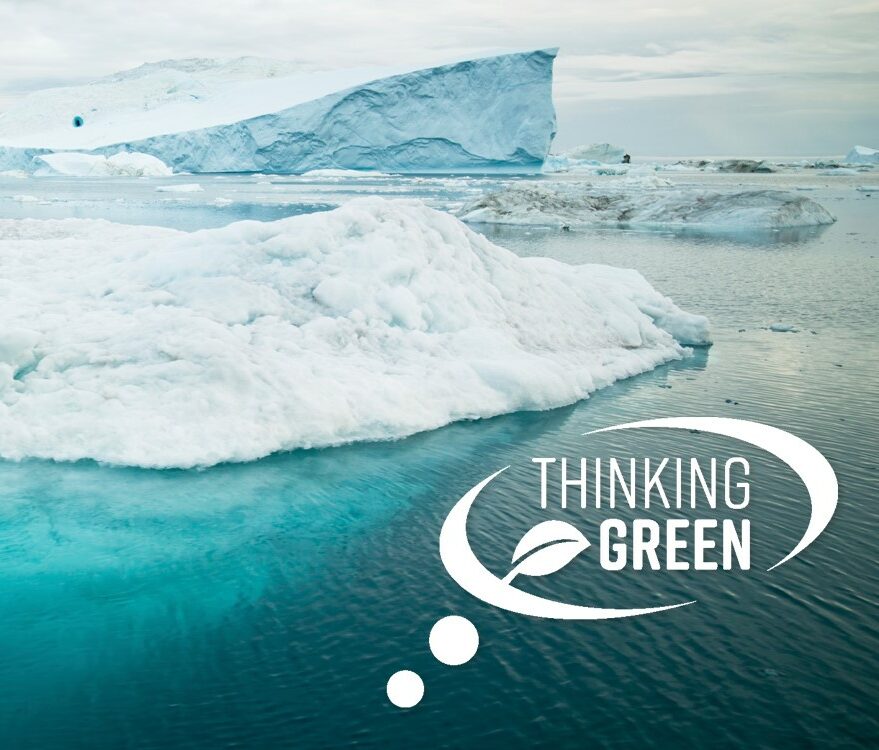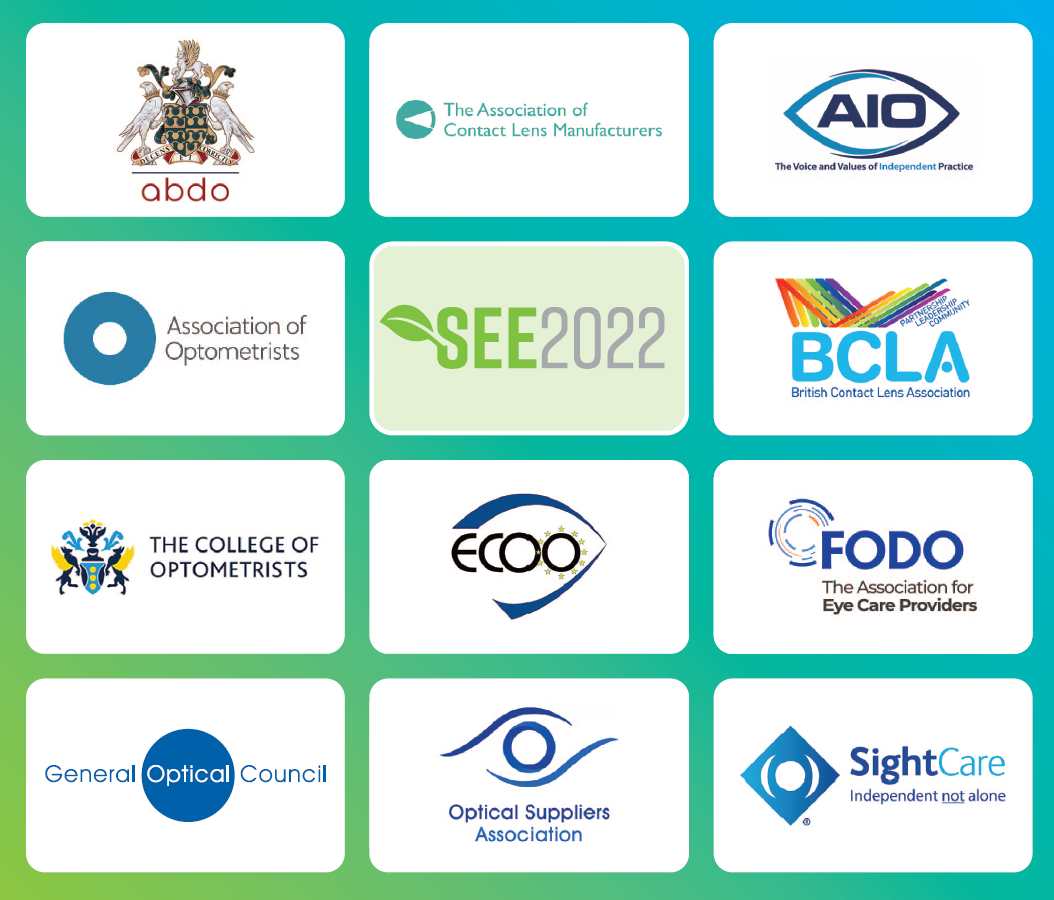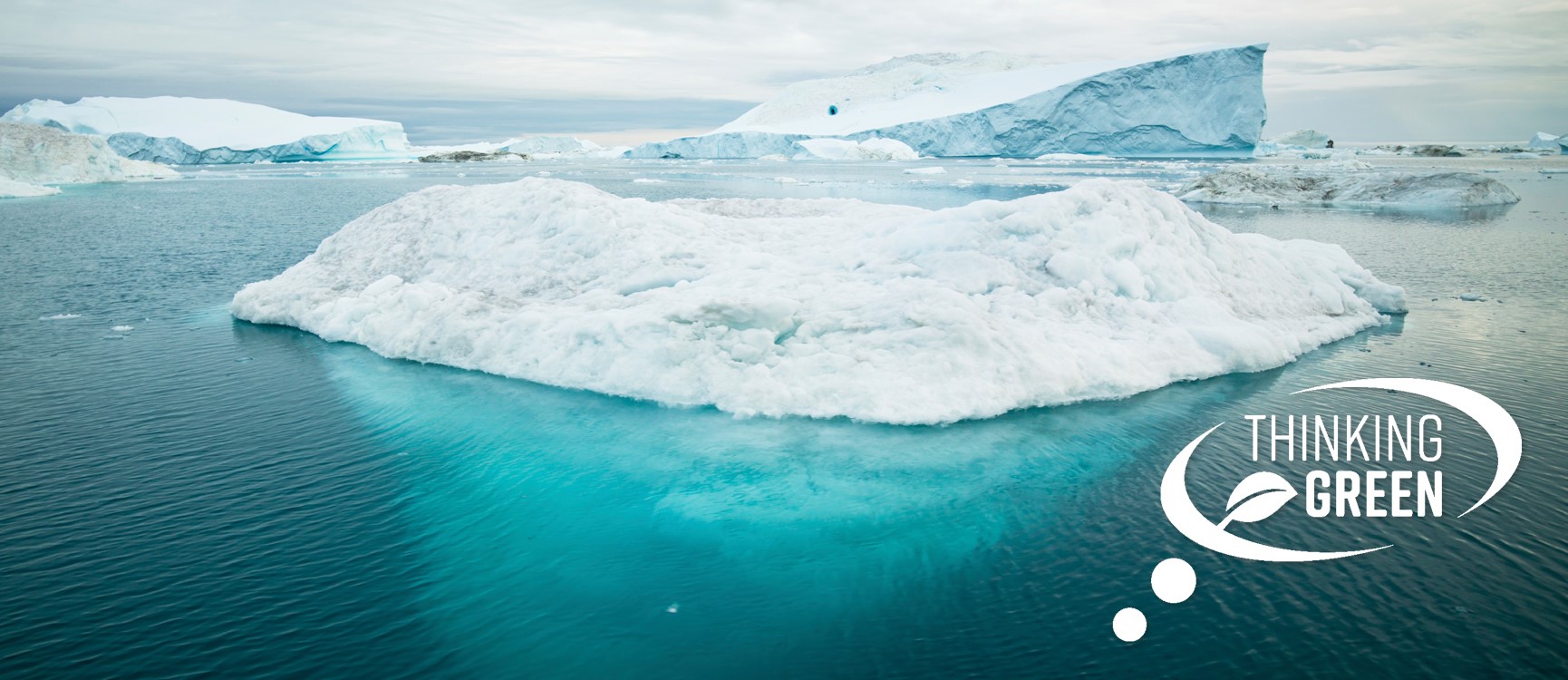
Sustainability at Johnson & Johnson Vision
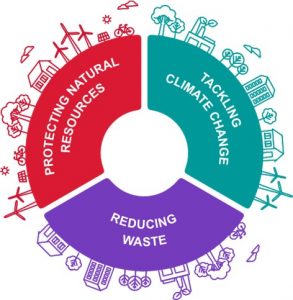 Johnson & Johnson is a global community of people blending heart, science, and ingenuity to profoundly change the trajectory of health for humanity. Anchored in our credo, we are called to put the well-being of the people we serve first. At Johnson & Johnson Vision, we embrace that responsibility – that opportunity – as our vision for good.
Johnson & Johnson is a global community of people blending heart, science, and ingenuity to profoundly change the trajectory of health for humanity. Anchored in our credo, we are called to put the well-being of the people we serve first. At Johnson & Johnson Vision, we embrace that responsibility – that opportunity – as our vision for good.
As part of this, Johnson & Johnson Vision is committed to creating a healthier world and recognises its role in helping to conserve and protect the planet. As a leader in the healthcare industry, we know human health is directly linked to the health of the earth. We are passionate about creating a sustainable future and recognise our responsibility to take action. This means finding sustainable solutions to existing challenges, as well as tackling key issues that affect us all.
Our sustainability efforts are focused in three key areas:
Climate
- Reducing our carbon footprint, and increasing the use of renewable energy
Waste Reduction
- Reducing waste, optimising our packaging and helping our customers and patients recycle more
Natural Resources
- Limiting our use of natural resources and finding solutions to protect the environment
Over the past ten years we have significantly reduced our carbon footprint and are on track to help Johnson & Johnson meet its global climate goal to achieve carbon neutrality by 2030[i].
We have prioritised energy efficiency in our production technology, harnessing renewable energy with wind turbines and solar power across our manufacturing sites in the United States and in Ireland. In 2022, 100% of Johnson & Johnson Vision’s electricity will come from renewable sources meaning that all ACUVUE® brand contact lenses will be made with 100% renewable electricity[ii].
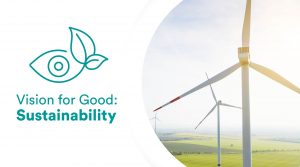 By further reducing secondary packaging for all our products, we have also made significant headway in reducing the impact of shipping, distribution, energy consumption, and greenhouse gas emissions. To date, we have saved 42,000 tons of CO2 annually through renewable and energy efficient programmes*[iii].
By further reducing secondary packaging for all our products, we have also made significant headway in reducing the impact of shipping, distribution, energy consumption, and greenhouse gas emissions. To date, we have saved 42,000 tons of CO2 annually through renewable and energy efficient programmes*[iii].
Similarly, we are passionate about reducing waste. Our efforts include full, life-cycle sustainable product development – this means a commitment to constantly innovate in how we produce, transport, and responsibly dispose of our products. In 2021, we will have achieved a 35 per cent reduction in the carbon footprint of transporting contact lenses by switching from air to ocean freight[iv].
Today, 90 per cent of our raw materials are recycled on location at our manufacturing sites[v], while we have made significant reductions in the paper used in our product packaging. As an example, our ACUVUE® OASYS 1-Day contact lens (90 pack) packaging has been reduced by 12 per cent (for product manufactured in the US)[vi].
Protecting our natural resources is also a commitment we take seriously, whether that’s combatting deforestation ― like sourcing our paper packaging from sustainable forestry products ― or reducing our water usage and ensuring our products don’t end up in streams, rivers and oceans.
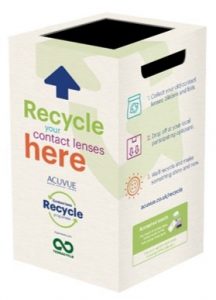 Today we guarantee that all ACUVUE® contact lenses come in 100 per cent sustainable paper packaging (box and leaflet) certified by either the Forest Stewardship Council (FSC), Programme for the Endorsement of Forest Certification (PEFC) or Sustainable Forestry Initiative (SFI)†[vii]. Since 2019, we have also partnered with TerraCycle in the UK to introduce the ACUVUE® Contact Lens recycling program. So far, we’ve recycled over 6.5 million contact lenses, blister packs and foils together[viii].
Today we guarantee that all ACUVUE® contact lenses come in 100 per cent sustainable paper packaging (box and leaflet) certified by either the Forest Stewardship Council (FSC), Programme for the Endorsement of Forest Certification (PEFC) or Sustainable Forestry Initiative (SFI)†[vii]. Since 2019, we have also partnered with TerraCycle in the UK to introduce the ACUVUE® Contact Lens recycling program. So far, we’ve recycled over 6.5 million contact lenses, blister packs and foils together[viii].
As we look to the future, we will continue to demand more from ourselves as we work towards our sustainable vision and creating a healthier planet.
To find out more about Johnson & Johnson Vision’s commitment to sustainability visit: www.jjvision.com/corporate-social-responsibility or www.acuvue.com/sustainability
* CO2 savings are based on engineering estimates completed at the time the projects were approved. Equivalency calculation was completed using US EPA’s Greenhouse Gas Equivalencies Calculator. https://www.epa.gov/energy/greenhouse-gas-equivalencies-calculator
† Programme for the Endorsement of Forest Certification; SFI® – Sustainable Forestry Initiative®; FSC® – Forest Stewardship Council®
- [i] Visit https://www.jnj.com/global-environmental-health/climate-and-energy
- [ii] Visit: https://www.jjvision.com/press-release/johnson-johnson-vision-reinforces-sustainability-commitment
- [iii] JJV Data on File 2021. Data Substantiation for Energy Efficiency and Renewable Energy Projects at US and Ireland ACUVUE® Contact Lens Manufacturing Facilities
- [iv] JJV Data on File 2020. Air to Ocean Project
- [v] JJV Data on File 2021. Data Substantiation for ACUVUE® Manufacturing Recycled Materials Claim
- [vi] JJV Data on File 2021. Energy and Greenhouse Gas Reduction Claims for ACUVUE® OASYS 1-Day (90 Count)
- [vii] JJV Data on File 2021. Data Substantiation for Paper Packaging Certification Claim
- [viii] Visit: https://www.terracycle.com/en-GB/brigades/acuvue
